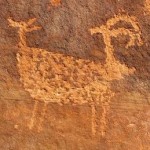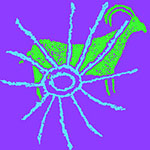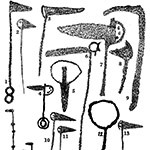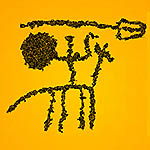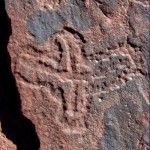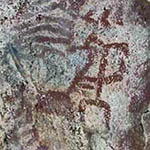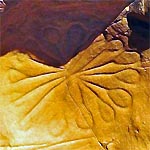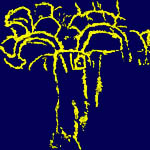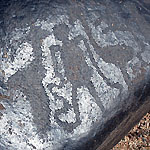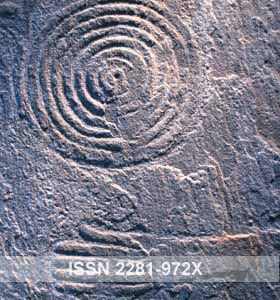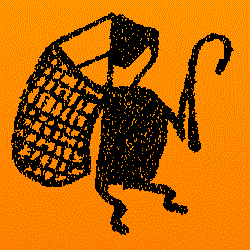 The Atacama Desert and the Andes in South America are crisscrossed by myriads of paths and tracks. Often those tracks are easily seen in Google Earth as broad bands. Also rock art images narrate of such travels. They mainly depict camelids guided by people. In rare instances however a specific kind of traveller has been depicted on the rocks. I have labelled it ‘The Enigmatic Traveller‘. In this study I describe the distribution of this icon, compare it with similar images and try to explain the meaning of the enigmatic position of the arms of this figure.
The Atacama Desert and the Andes in South America are crisscrossed by myriads of paths and tracks. Often those tracks are easily seen in Google Earth as broad bands. Also rock art images narrate of such travels. They mainly depict camelids guided by people. In rare instances however a specific kind of traveller has been depicted on the rocks. I have labelled it ‘The Enigmatic Traveller‘. In this study I describe the distribution of this icon, compare it with similar images and try to explain the meaning of the enigmatic position of the arms of this figure.
By Maarten van Hoek


